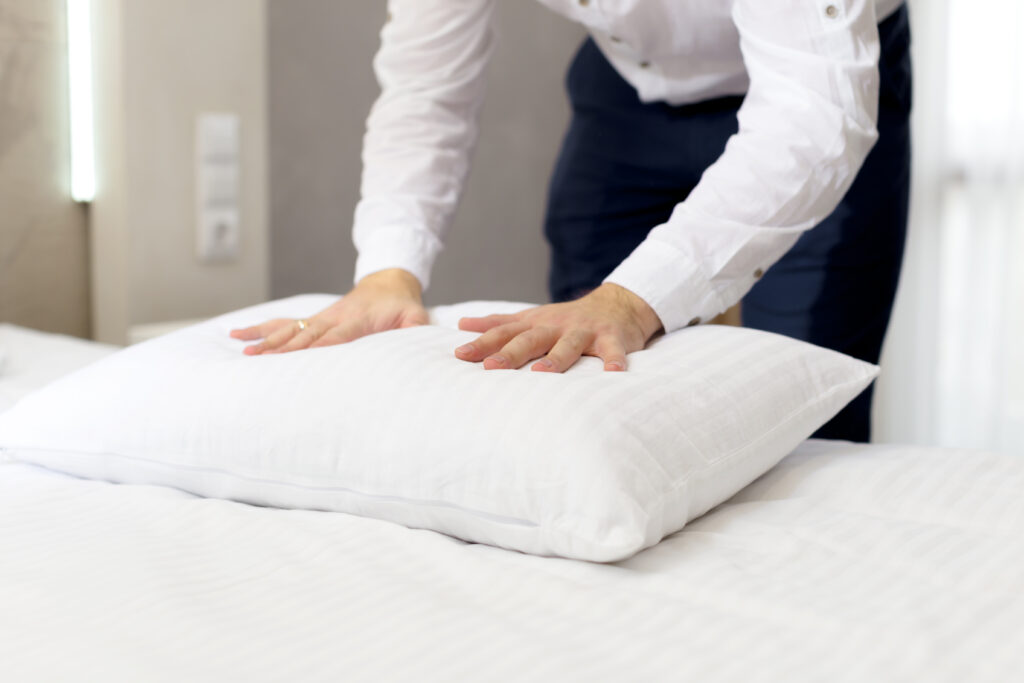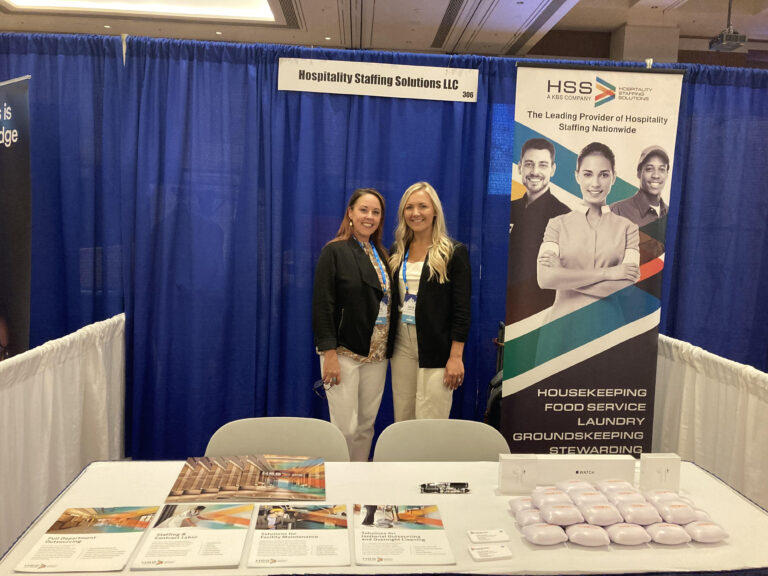
News / Featured, Hospitality Trends, Housekeeping, Management
What’s the True Cost To Clean A Room?
By all accounts things are looking up for hospitality. After three years of pandemic, people are beginning to travel again for leisure, and business travel appears to be coming back by the fall – but rising labor costs are putting a damper on the festivities. What should GMs do about rising labor costs? It’s possible that you’re asking the wrong question. GMs should actually be considering the cost of labor per room as a more accurate metric.
Isn’t that the same number?
Certainly, hourly rates are related to the cost of labor per room, but they are not as useful in determining your property’s economic outlook as other metrics. The cost of labor per room has a significant impact on production costs. A factory producing widgets would be interested in knowing how much labor it costs to produce a widget on top of the costs of the materials used in its production. Hotel rooms are similar to widgets in that they are the product that is being purchased – labor is only a portion of the total cost of the product. One of the reasons why labor costs to clean are important is that you can control those costs by pulling different levers and ultimately looking at raising ADR as a result of doing so.
How do you determine the cost to clean a room?
The formula is fairly easy. Simply multiply the total number of rooms a housekeeper can clean in a day by your hourly rate. Just remember to factor in other employment costs such as payroll taxes, recruiting costs, PTO, and benefits. This can typically add an additional 30 to 40% to an hourly rate, meaning a housekeeper earning $13 per hour would need to be calculated at an actual cost of $18 per hour.
How many rooms can a housekeeper clean?
This number can vary. Some hotels set a benchmark of 13 rooms per shift, while others set a target of 18 or 20 rooms. It’s worth noting that if this figure is too high, turnover increases. Also, keep in mind that turnover should be included in the employment figure. This could easily be adding another two to five % to your hourly labor costs.
How can I control my cost to clean a room?
Including both full-time and contract workers in the cleaning costs is essential. As a general rule, adding contingent labor does not significantly increase the cost per room. Contract workers can cost as little as an additional 30 cents per-room, and if that means more rooms can be cleaned during peak-seasons or busy events, that is money well spent.
Will inexpensive contract labor save on labor costs?
Be wary of cutting corners on staffing in order to reduce labor costs. When compliance, safety, and insurance are carefully considered, these solutions may have hidden costs. Some staffing agencies that do not have rigorous back office billing support may make mistakes that result in increased employee turnover, which has an impact on production.
Hotel staffing challenges predated the pandemic and will continue. In order to grow, hotel leaders must have a nuanced labor strategy. While there is a cost to hiring labor, there is an even higher cost to not hiring enough labor. Putting the best foot forward becomes necessary for a property’s overall reputation, brand, image, and long-term viability. HSS is working with many of its clients to implement staffing strategies that help bring back services that guests expect.
Staffing solutions, delivered to your inbox.





